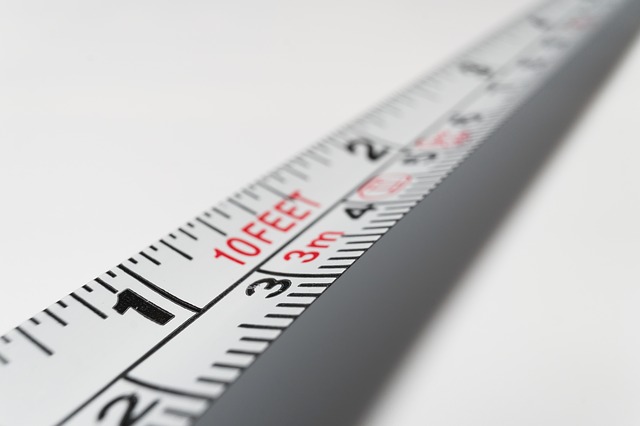Customer Experience is perhaps the hottest trend in digital marketing. Many of my clients have titles such as VP of CX or Director of CX–and they take their jobs very seriously. They want to dramatically improve the experience for customers. But how do you measure whether their experience is improving?
It’s not always possible to know what customers are trying to do–their task–but we spend less time trying than we should. We are especially negligent when it comes to site search. Your search results page is likely one of the most popular pages on your site, but how do you measure whether it is succeeding or not? Most companies don’t. It’s absolutely possible to measure site search as a customer experience, by examining whether searches get results, whether those results get clicks, and whether searchers stay on those clicked pages–those qualities define a successful search.
But we don’t do a great job on measuring other experiences, either. We look at clicks and we do some A/B testing. But our definitions of conversions are all over the map. Precious few have standard task definitions that help evaluate task completion in a standard way across the board.
Using standard ways of measuring customer experience is the very first step to improvement. Not only does it allow you to make changes and evaluate their impact in a data-driven way, but our increasing reliance on machine learning and other AI techniques demands high quality standardized outcome data so that models have enough data to draw the right conclusions.
How are you measuring your customer experience?






